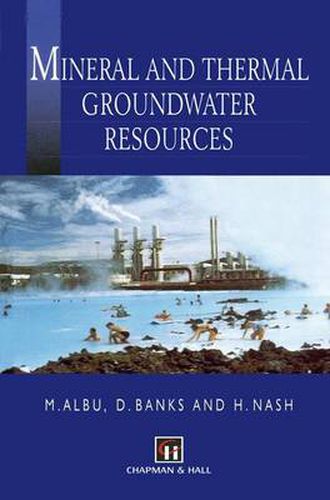Readings Newsletter
Become a Readings Member to make your shopping experience even easier.
Sign in or sign up for free!
You’re not far away from qualifying for FREE standard shipping within Australia
You’ve qualified for FREE standard shipping within Australia
The cart is loading…






This title is printed to order. This book may have been self-published. If so, we cannot guarantee the quality of the content. In the main most books will have gone through the editing process however some may not. We therefore suggest that you be aware of this before ordering this book. If in doubt check either the author or publisher’s details as we are unable to accept any returns unless they are faulty. Please contact us if you have any questions.
Is it not generally believed that our town is a healthy place … a place highly com mended on this score both for the sick andfor the healthy? . . And then these Baths - the so-called ‘artery’ of the town, or the ‘nerve centre’ … Do you know what they are in reality, these great and splendid and glorious Baths that have cost so much money? . . A most serious danger to health! All that filth up in Melledal, where there’s such an awful stench - it’s all seeping into the pipes that lead to the pump-room! Henrik Ibsen, An Enemy of the People, 1882 Henrik Ibsen gave the ‘truth about mineral water’ more than 100 years ago in An Enemy of the People. His examples came not from the decadent bathing spas of Bohemia or Victorian Britain, but from the very edge of polite society, subarctic Norway! His masterpiece illustrates the central role that groundwaters and, in particular, mineral waters have played in the history of humanity: their economic importance for towns, their magnetism for pilgrims searching for cures, the political intrigues, the arguments over purported beneficent or maleficent health effects and, finally, their contami nation by anthropogenic activity, in Ibsen’s case by wastes from a tannery. This book addresses the occurrence, properties and uses of mineral and thermal groundwaters. The use of these resources for heating, personal hygiene, curative and recreational purposes is deeply integrated in the history of civilization.
$9.00 standard shipping within Australia
FREE standard shipping within Australia for orders over $100.00
Express & International shipping calculated at checkout
This title is printed to order. This book may have been self-published. If so, we cannot guarantee the quality of the content. In the main most books will have gone through the editing process however some may not. We therefore suggest that you be aware of this before ordering this book. If in doubt check either the author or publisher’s details as we are unable to accept any returns unless they are faulty. Please contact us if you have any questions.
Is it not generally believed that our town is a healthy place … a place highly com mended on this score both for the sick andfor the healthy? . . And then these Baths - the so-called ‘artery’ of the town, or the ‘nerve centre’ … Do you know what they are in reality, these great and splendid and glorious Baths that have cost so much money? . . A most serious danger to health! All that filth up in Melledal, where there’s such an awful stench - it’s all seeping into the pipes that lead to the pump-room! Henrik Ibsen, An Enemy of the People, 1882 Henrik Ibsen gave the ‘truth about mineral water’ more than 100 years ago in An Enemy of the People. His examples came not from the decadent bathing spas of Bohemia or Victorian Britain, but from the very edge of polite society, subarctic Norway! His masterpiece illustrates the central role that groundwaters and, in particular, mineral waters have played in the history of humanity: their economic importance for towns, their magnetism for pilgrims searching for cures, the political intrigues, the arguments over purported beneficent or maleficent health effects and, finally, their contami nation by anthropogenic activity, in Ibsen’s case by wastes from a tannery. This book addresses the occurrence, properties and uses of mineral and thermal groundwaters. The use of these resources for heating, personal hygiene, curative and recreational purposes is deeply integrated in the history of civilization.